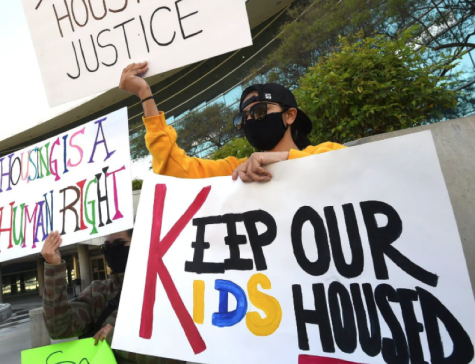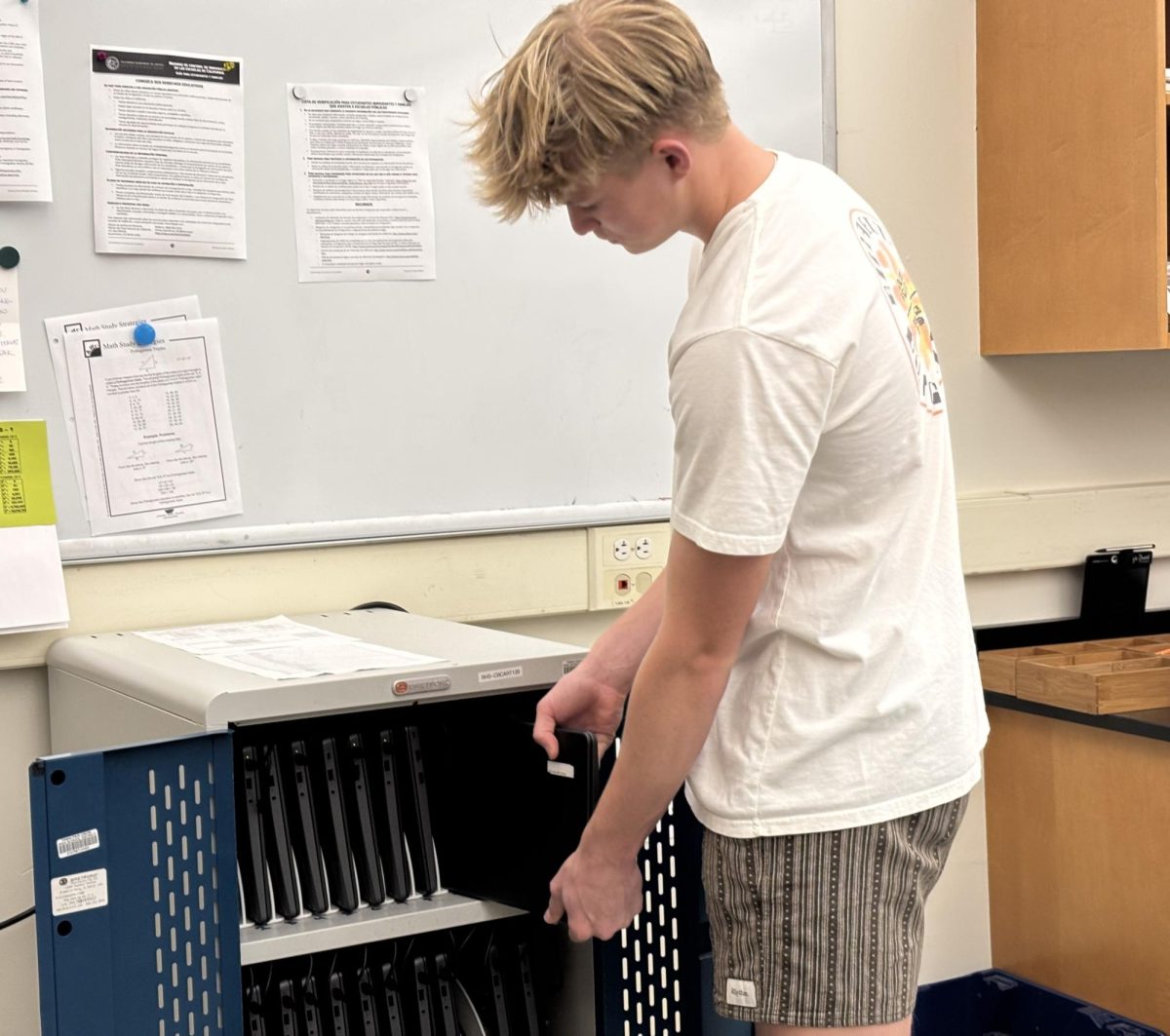On June 21, 2020, the Marin County Board of Supervisors adopted the emergency eviction moratorium in response to the many statewide COVID-19 protections expiring. Recently extended from Aug. 23, 2022 to Sept. 30, 2022, this temporary eviction moratorium prohibits residential evictions without valid cause, offering financial support to those who were not able to pay the appropriate amounts for rent during the pandemic.

Leelee Thomas, deputy director of Marin’s Housing Community and affordable housing activist, addresses the ambition of the eviction moratorium project she helped to create and implement.
“The true goal of this moratorium, when we were deep in COVID-19, was to financially support people who needed to go to work by ensuring that they were not going to lose their homes. We made sure that people had safe places and spaces to live,” Thomas said.
As Sept. 30 approaches, the bigger question of what to do now encroaches upon California, with the next alternative to this moratorium remaining a present question in many communities.
Lucy Churton, a Corte Madera resident of almost 20 years, addresses a few of the reasons landlords are hesitant to support affordable housing propositions.
“I’m all for [affordable housing] and I understand that we need more affordable housing. However, I, along with many others, think that there needs to be more research done on how such creation of infrastructure will impact Marin’s communities and housing markets. [Additionally], more thought needs to go into the aesthetics of building new infrastructure,” Churton said.
Many agree with Churton, as Marin’s lack of affordable housing and the tension between tenants and landlords is not a new problem. Neither group is ready to compromise. In fact, according to the Los Angeles Times, this tension in Marin can be traced back to the 1940s when high housing costs and segregation were prevalent. To date, almost 85 percent of the county is off-limits for development due to the opposition new infrastructure proposals face.

Because of this, it becomes especially difficult to build more affordable housing infrastructure that would establish permanent, not temporary solutions. This further instills tension between tenants and landlords because neither are content with the current proposals and solutions being presented.
Katie Rice, the county supervisor of district two, reinforces the importance of trying to understand all perspectives present in such disputes against tenants, landlords and other residents. She explains why the eviction moratorium can no longer be extended.
“It’s a wide gray line between when to pull the moratorium and when not to. The eviction moratorium was very important during COVID-19 [because] it protected tenants and made sure there were no evictions made without just cause. However, the hard thing with these temporary COVID-19 programs is that at some point you need to draw the line. [You need to know] when it’s right to protect people from impacts and when [to] ultimately pay the landlords what they need to be stable,” Rice said.
As protests for more affordable housing continue across California, more light is being shed on the lack of affordable housing available to families and communities.

Churton highlights the importance of making compromises and changes in the community in order to benefit the many who struggle with insecure housing.
“It’s time for [a] change. We are all so tired of hearing the phrase ‘Marin bubble.’ However, we really need to explore why we have this bubble, who lives in this bubble, why is that and how do we burst it? With that being said, we must learn to be open with change and accept that this problem will take compromises [from both tenants and landlords],” Churton said.
Marin’s problem with affordable housing has always been an instantly prevalent issue, but that doesn’t mean it can be solved. However, it is important to recognize that solutions for it are anything but straightforward and simple.
“When it comes to housing, it needs to have a multi-pronged approach,” Rice said. “There is a lot that needs to be done. We need to create, protect and build housing. We also have to figure out how to create sufficient programs so that we are not giving housing to people who don’t need it as badly.”







